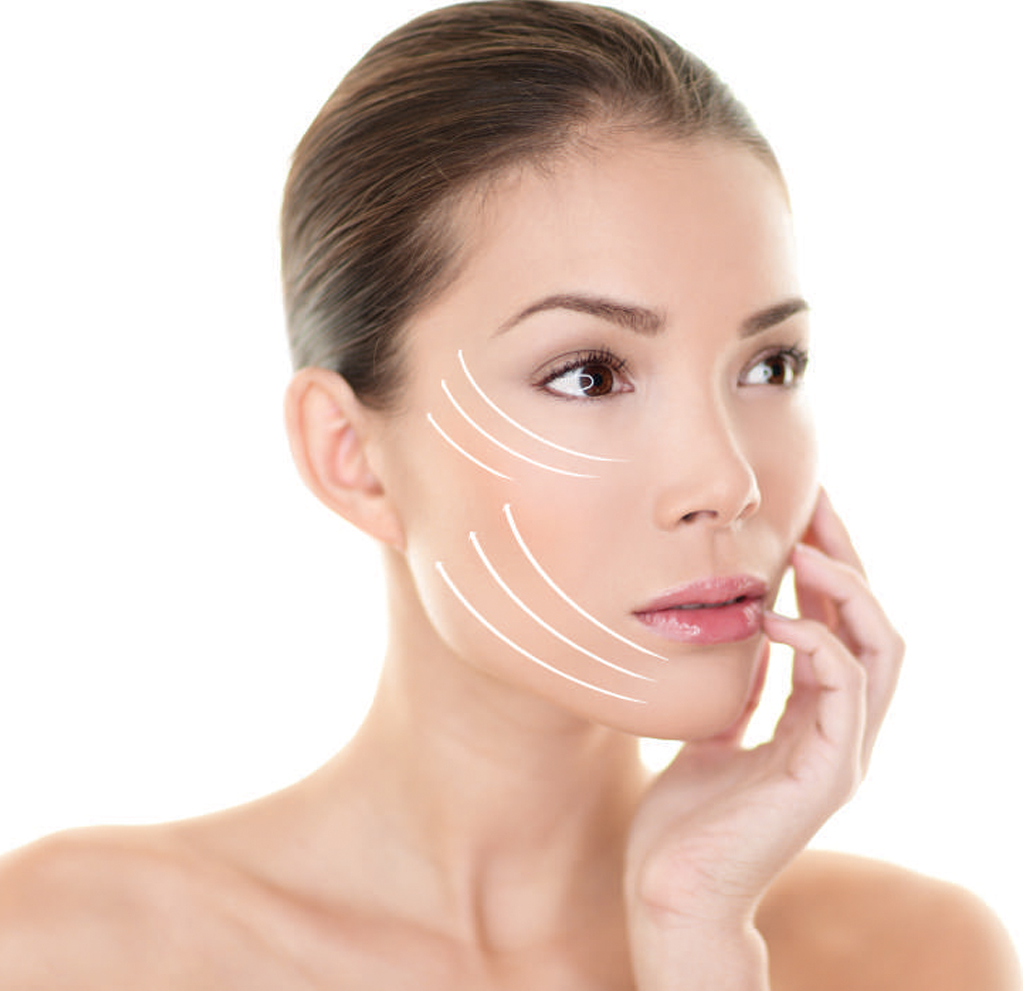You don’t have to go under the knife to regain the toned and taut skin of your youth. A special ultrasound treatment is proving to be an effective alternative therapy.

For those unwilling to undergo surgery or prefer laser or radiofrequency (RF) procedures for facial rejuvenation, there is an alternative. Ultherapy® is a non-surgical, non-invasive way to mimic the effects of a facelift that has been approved by USA’s Food & Drug Administration (FDA). The novel ultrasound treatment works from the inside, treating the deep layers of skin that cannot reached by laser or RF. However, those with medical conditions should seek advice from their doctor.
Youth from within
Ultherapy® uses a wand that emits ultrasound waves, which cause cells to vibrate, generating heat from friction. The ultrasound is microfocused, heating up precise, pinpoint-sized areas at the required depth, minimising damage to surrounding skin while triggering the body’s regenerative response of new collagen formation. Guided by ultrasound imaging, the doctor is able to visualise the different skin layers during the treatment to determine where to direct the energy for best effect. Over time, the underlying layers of skin naturally become plumper, resulting in a more supple and firm appearance.
Apart from being non-invasive, Ultherapy® also brings about natural-looking results. It takes just one treatment to initiate the regenerative process; the full effect of the treatment occurs gradually over two to six months.
In a clinical trial by the FDA, nine out of 10 patients reported a noticeable and significant lift of the brow line. This reduced skin laxity on the eyelid and resulted in more open and youthful-looking eyes. Patients also reported firmer skin on their face and neck. The effects of the treatment last two to three years. Ultherapy® is suitable for those with mild to moderate skin laxity in the eyebrow line, chin, neck and chest, regardless of skin colour. A typical session for the face and neck takes 60–90 minutes. It can also be done on the chest. A sensation of prickling or heat beneath the skin is felt during the procedure, but is usually well tolerated without the need for anaesthesia or sedation. There is no down time — normal activities may be resumed immediately after treatment. Post-treatment effects may include a little redness of the skin, but this typically disappears in a few hours.







